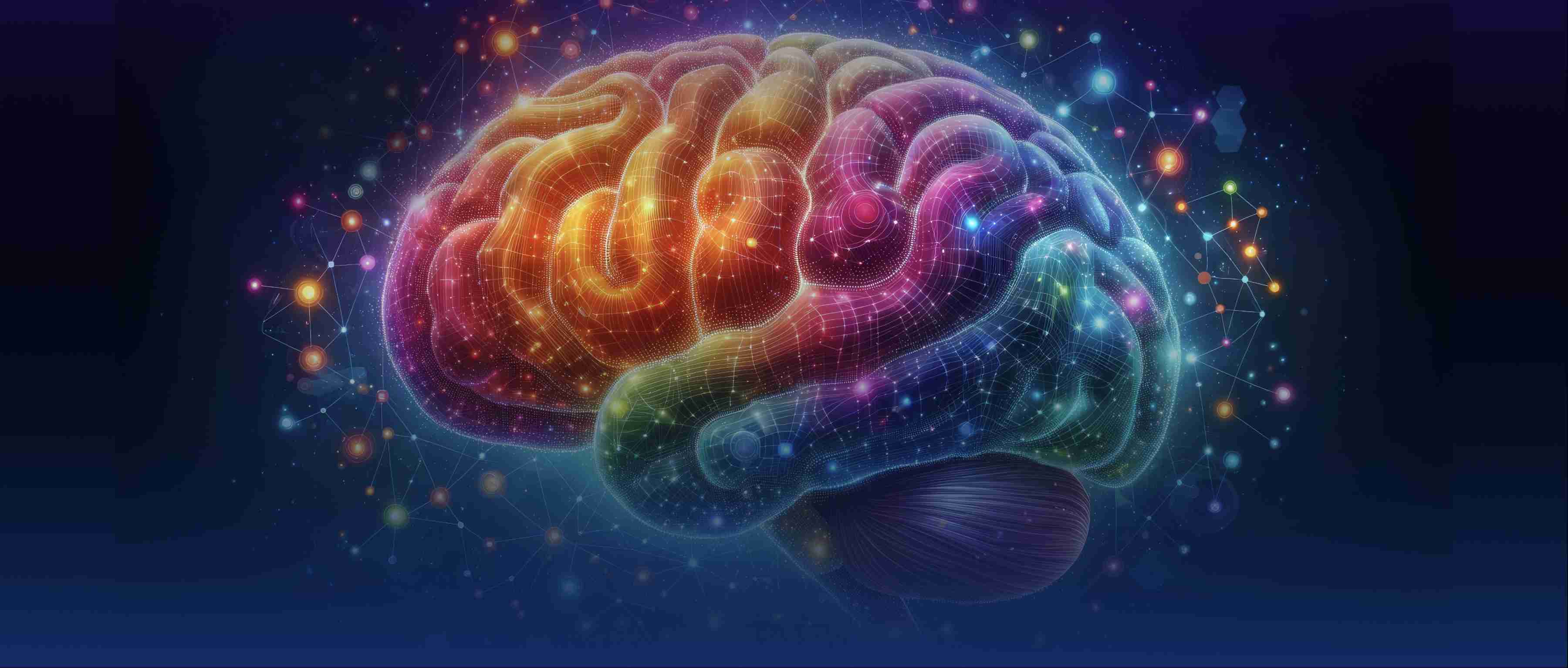Optical Character Recognition (OCR) in computer vision is a technology used to convert different types of documents—such as scanned paper documents, PDFs, or images of typed or handwritten text—into editable and searchable data. OCR works by analyzing the structure of the text in the image, segmenting it into individual characters or words, and then using machine learning algorithms to match these segments with the corresponding characters in a predefined character set. OCR is commonly used in document digitization, invoice processing, and automated data entry. Advanced OCR systems, such as Tesseract and Adobe Acrobat, utilize techniques like deep learning to improve the accuracy of text recognition, even in complex or noisy images. OCR is also capable of recognizing different fonts, handwriting, and languages, making it a powerful tool for extracting information from a wide range of textual sources. The integration of OCR with other computer vision tasks, such as object detection or scene analysis, can further enhance its capabilities in real-world applications.
What is optical character recognition (OCR) in computer vision?

- Optimizing Your RAG Applications: Strategies and Methods
- Evaluating Your RAG Applications: Methods and Metrics
- Embedding 101
- Getting Started with Milvus
- AI & Machine Learning
- All learn series →
Recommended AI Learn Series
VectorDB for GenAI Apps
Zilliz Cloud is a managed vector database perfect for building GenAI applications.
Try Zilliz Cloud for FreeKeep Reading
What are popular CaaS solutions?
Container as a Service (CaaS) solutions allow developers to manage and deploy containerized applications in a streamline
How does speech recognition integrate with natural language processing (NLP)?
Speech recognition and natural language processing (NLP) are two key components of modern conversational AI systems. Spe
What are the open research areas in image processing?
Image processing is a broad field, and there are several open research areas that continue to attract attention. One are